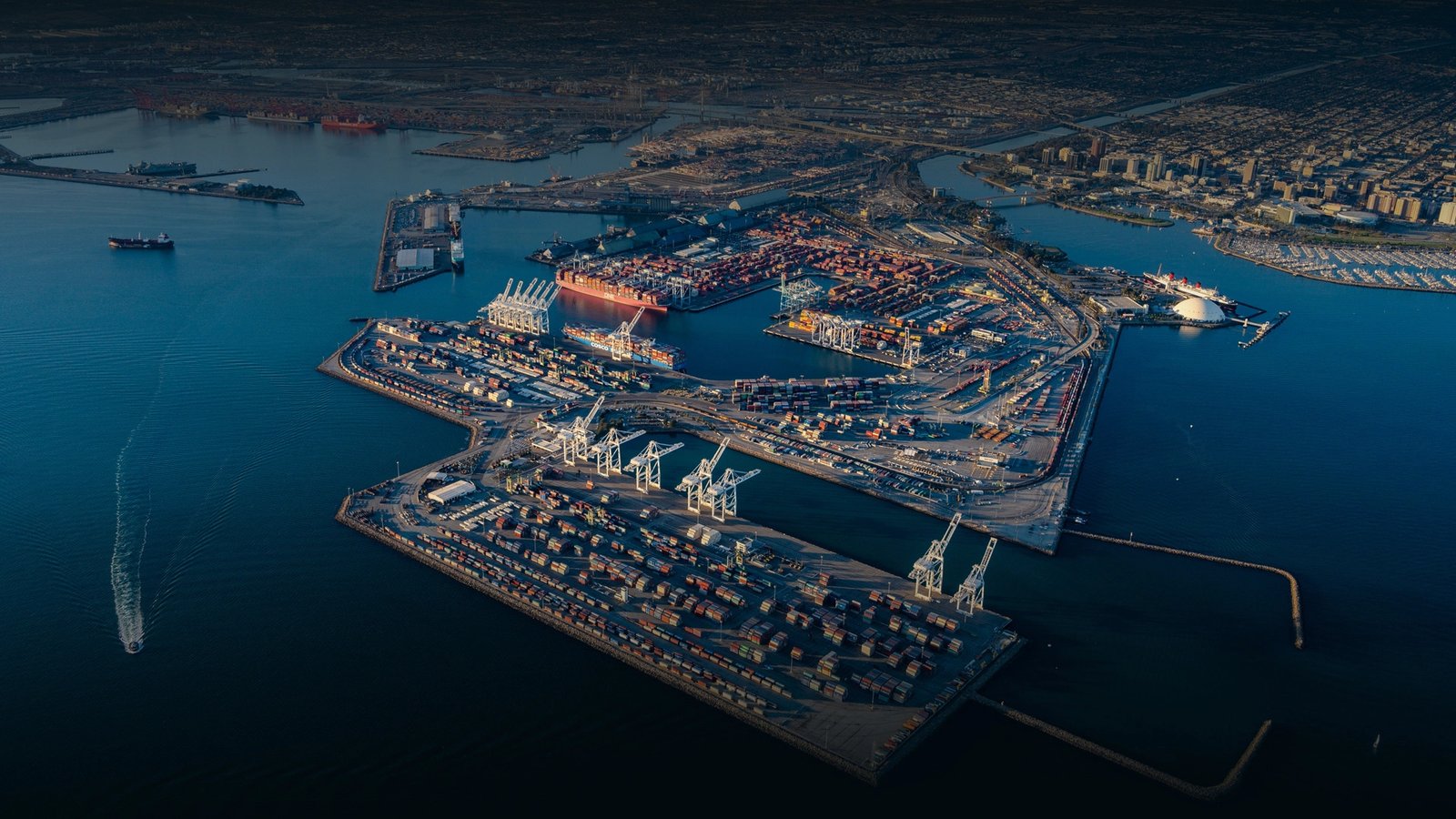HIGHLIGHTS
- An industry working group released voluntary guidelines on Thursday asking ships headed to San Pedro Bay ports in Southern California to loiter further away from the port until 72 hours before their berthing assignment.
- While the guidelines do not increase the ship’s unloading speed, they will increase transparency on arrival times.
FULL ARTICLE
An industry working group released voluntary guidelines on Thursday asking ships headed to San Pedro Bay ports in Southern California to loiter further away from the port until 72 hours before their berthing assignment, according to a joint press release from the Pacific Maritime Association, the Pacific Merchant Shipping Association and the Marine Exchange of Southern California.
The Guidelines become effective at 4:00 p.m. on November 15 in Pacific Standard Time (PST) and apply only to newly docked ships. This change prevents large numbers of ships from mooring outside ports while waiting to dock. Therefore, this drastically will reduce the number of ships moored at ports, where about 92 ships were anchored or waiting to dock earlier this week.
The number of vessels moored near the port is ideally between 25 and 35 ships, representing 40% to 60% of the port’s mooring capacity. According to a summary of current guidelines, it can take four to six weeks to reach this desired level.

Not mandatory, based on voluntary
The new guidelines push the backlog of ships at San Pedro Bay ports further offshore. While the guidelines do not increase the ship’s unloading speed, they will increase transparency on arrival times.
“This new guidance is not designed for areas with a large number of ships moored offshore. In general, the new queuing process will give a clearer picture of the expected arrival times for vessels at berth,” the Pacific Maritime Association said. “Vessels will enter the queue for labor when they depart their port of origin, rather than getting in line 20 miles off the coast as they do currently. This means that when a vessel departs, cargo owners will know where it is in the queue and have a better idea when it will arrive.”
According to Kip Louttit, executive director of the Southern California Maritime Exchange, this is just spreading ships across the Pacific, it doesn’t increase the speed of loading and unloading.
Louttit and the Pacific Maritime Association emphasise the goal of the working group to increase safety and reduce emissions. The guidelines are voluntary, which means a ship is not required to comply. But Louttit said the working group members represent about 90% of the ships at berth, so the hope is that the remaining 10% will also comply. “No ship wants to be in an accident,” Louttit said.
Minh Ngo
FURTHER READING
USA: 24/7 port operations plan reduces pressure on the supply chain













